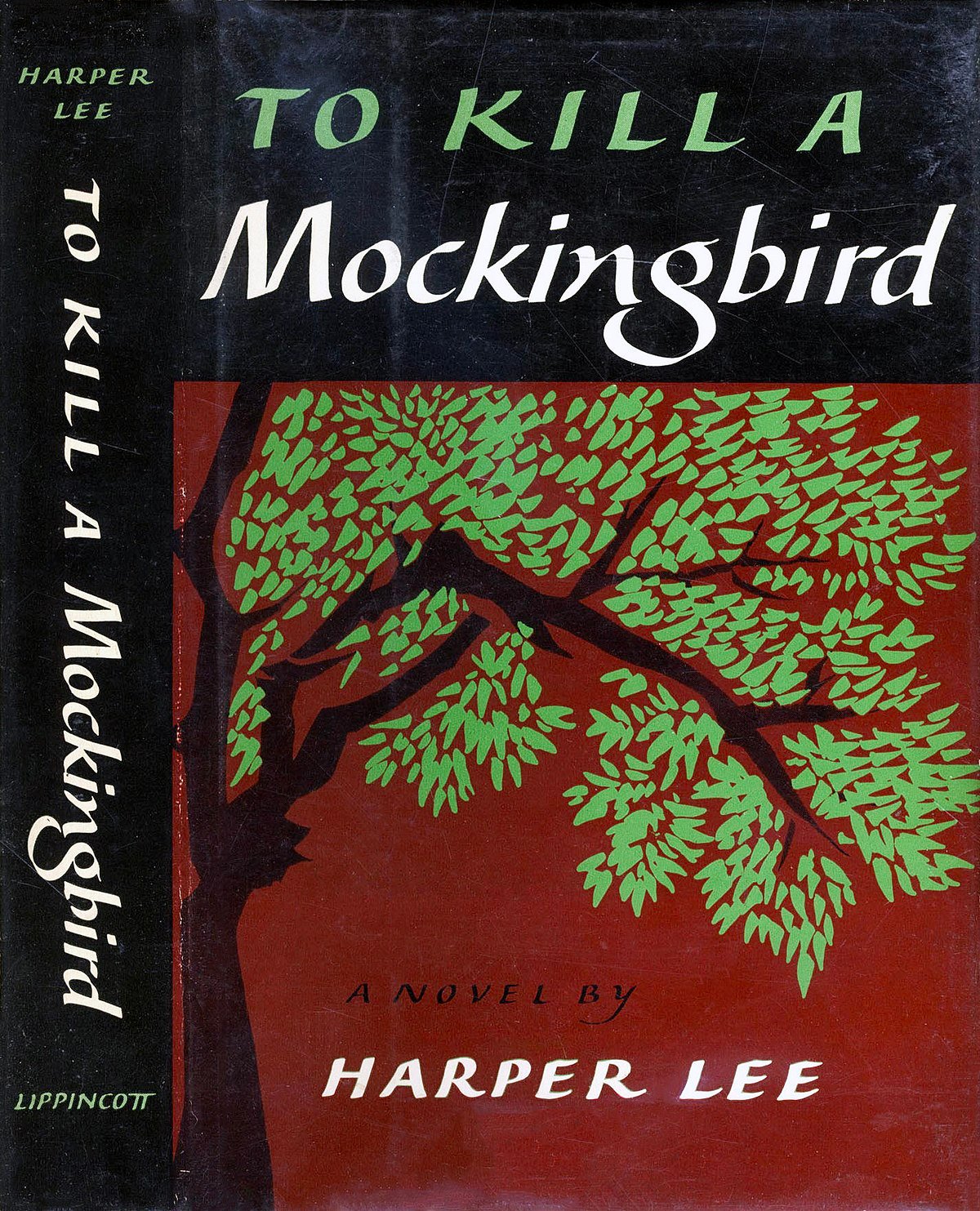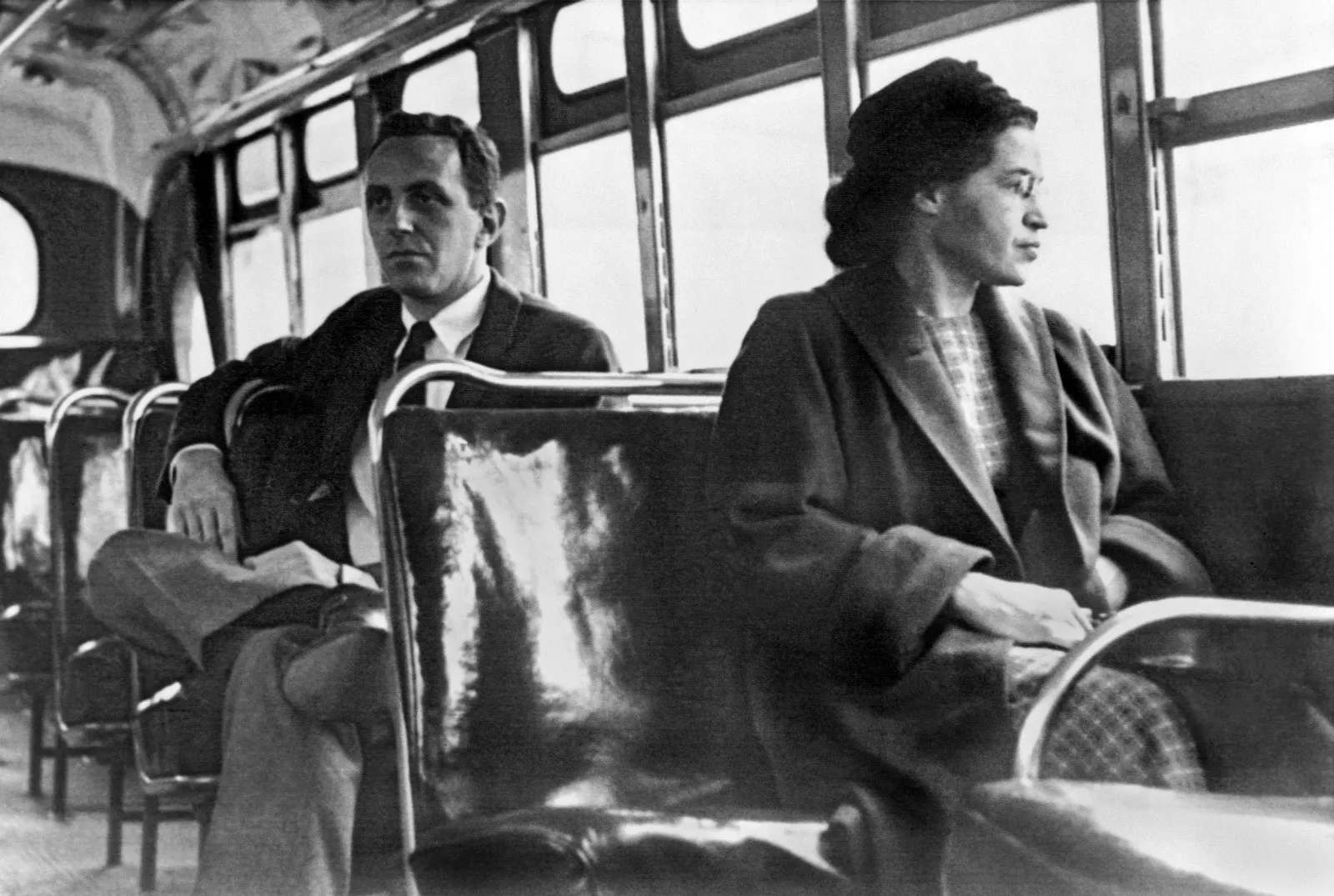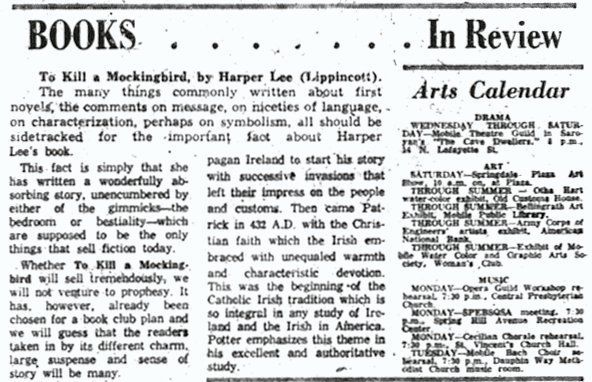Introduction
When To Kill a Mockingbird was published in 1960, it brought its young first-time author, Harper Lee, a startling amount of attention and notoriety. The novel replays three key years in the life of Scout Finch, the young daughter of an Alabama town’s principled lawyer. The work was an instant sensation, becoming a best-seller and winning the Pulitzer Prize for fiction.
Scout’s narrative relates how she and her elder brother Jem learn about fighting prejudice and upholding human dignity through the example of their father. Atticus Finch has taken on the legal defense of a black man who has been falsely charged with raping a white woman. Lee’s story of the events surrounding the trial has been admired for its portrayal of Southern life during the 1930s. It was not only for its piercing examination of the causes and effects of racism, but because it created a model of tolerance and courage in the character of Atticus Finch.
Some early reviewers found Scout’s narration unconvincing, its style and language too sophisticated for a young girl. Since then, however, critics have hailed Lee’s rendering of a child’s perspective—as told by an experienced adult—as one of the most technically proficient in modern fiction. A regional novel dealing with universal themes of tolerance, courage, compassion, and justice, To Kill a Mockingbird combined popular appeal with literary excellence to ensure itself an enduring place in modern American literature.
Author Biography
Harper Lee has long maintained that To Kill a Mockingbird is not autobiographical; however, critics often remarked upon the striking similarities between the author’s own childhood and that of her youthful heroine, Scout Finch. Nelle Harper Lee was born in 1926, the youngest of three children of Amasa Coleman Lee. Amasa was a lawyer who practiced in the small town of Monroeville, Alabama. Like Scout, who could be bullied into submission with the remark that she was “gettin’ more like a girl,” Lee was “a rough ‘n’ tough tomboy,” according to childhood friends.
Summers in Monroeville were brightened by the visits of young Truman Capote. He stayed with the Lees’ next-door neighbors and who later became a famous writer himself. The games young Nelle and her brother played with Capote were likely the inspiration for the adventures Scout and Jem had with Dill, their own “summer” friend.
After graduating from the public schools of Monroeville, Lee attended a small college in nearby Montgomery. Later, she attended the University of Alabama for four years. She left school six months short of earning a law degree, however, in order to pursue a writing career.
In the early 1950s, the author worked as an airline reservations clerk in New York City; she wrote essays and short stories in her spare time. After her literary agent suggested that one of her stories might be expanded into a novel, Lee quit her airline job. With the financial support of some friends, she spent several years revising the manuscript of To Kill a Mockingbird before submitting it to publishers. Several more months of revision followed the feedback of her editors, who found the original version more like a string of short stories than a cohesive novel. The final draft was finally completed in 1959 and published in 1960.
The novel was a dramatic success, earning generally positive reviews and achieving bestseller status. Lee herself attained considerable celebrity as the novel won the Pulitzer Prize for fiction in 1961. It was later made into an Oscar-winning film in 1962. Since then, aside from a few magazine pieces in the early 1960s, the reclusive author has published nothing. Although, she has been reported to have been working on a second novel. Despite the lack of a follow-up work, Lee’s literary reputation remains secure and even has grown since the debut of her remarkable first novel.



